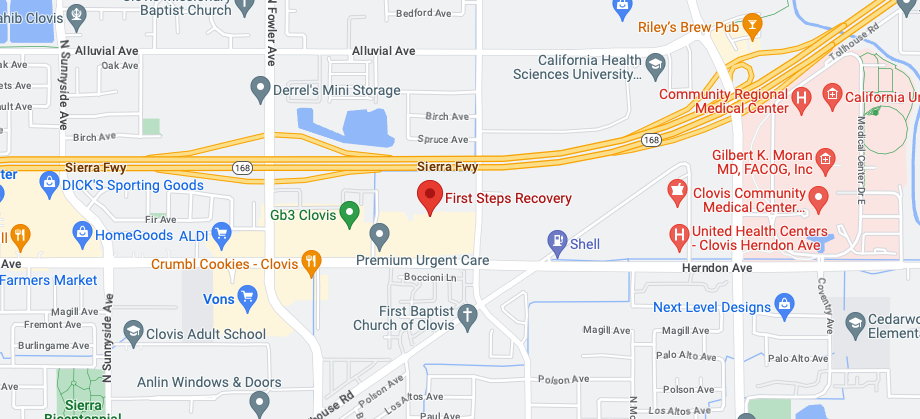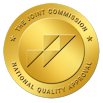California’s Central Valley spans from Bakersfield in the south all the way to Redding in the north. Large portions of this fertile expanse are rural with pockets of urban areas creating cultural centers—Fresno and Sacramento are both right in the breadbasket of the Central Valley. While drug/substance abuse is typically linked with more suburban and urban parts of the US, the expanse of the valley is becoming a place where drugs are readily available. Here are a few of the main reasons the Central Valley is seeing an influx of substances and having to deal with the ramifications.
1. The 5 Freeway
The I-5 is the main corridor for drugs on the West Coast that move all the way from South America (Colombia through Tijuana) to Canada (from LA to Vancouver. Though much of the Valley is rural, drug cartels have done well in the cities of Central California. This has given them a reason and ability to diversify. The 5 freeway represents the line through which drugs are moved, which allows for a quick distribution to multiple locales. The black market has been able to set up camps in the cultural hubs and reach out into the rural areas. This map offers a visual on how drugs move up the West Coast flowing straight through the central valley.
2. Meth Has a History Here
Plenty of areas are vying for the title of Meth Capital of the US, and unfortunately, certain parts of the Central Valley are in the running. Originally taking root in rural CA as a more affordable fix than cocaine, Meth is still the number one drug for Central CA residents. As well, the rural nature and the aforementioned 5 freeway combination make it a prime location for cooks to set up labs and create the synthetic drug. That said, Meth is actually losing ground to another substance: heroin.
3. The Opioid Epidemic Is Hitting the Valley Hard
Before we get to heroin, we need to understand the opioid epidemic in the Central Valley. More people die from drug overdose in California than from car accidents. According to the CDC, “Opioids, primarily prescription pain relievers and heroin, are the main drugs associated with overdose deaths. In 2014, opioids were involved in 28,647 deaths, or 61 percent of all drug overdose deaths.” Though there are more deaths in northern California, the Central Valley toll is also rising.
4. Heroin Is on the Rise
Heroin is a natural effect of its painkiller counterpart. Once the pills run out, but the addiction is still strong, people find it easier to buy heroin on the streets (also an opioid) than go through the difficult process of getting another prescription. Just like the prescription painkiller epidemic, the heroin one is getting worse. “In the first three months of 2016, 412 adults age 20 to 29 went to emergency departments due to heroin. That’s double the number for the same time period in 2012” (source). Again, the 5 freeway can take a bit of the blame in this situation as black tar heroin is piped in from Mexico on a regular basis.
Take the First Steps
Our answer to this situation is to offer solid recovery programs. Helping people break their addiction and heal from the deeper issues makes a difference in lives, families, and communities. First Steps Recovery is located in Clovis, California, and we are committed to serving our community by helping individuals find lasting recovery. From every step of the process.
If you live in California’s Central Valley and know someone affected by the rise of drug abuse in the area (or are experiencing chemical dependence yourself), please contact us today. We are ready to listen and help guide you to the next step to lasting recovery.
Resources
Still not sure? Take a look at these resources to pulled together to help you decide the best course to take either for yourself or for your loved one.







